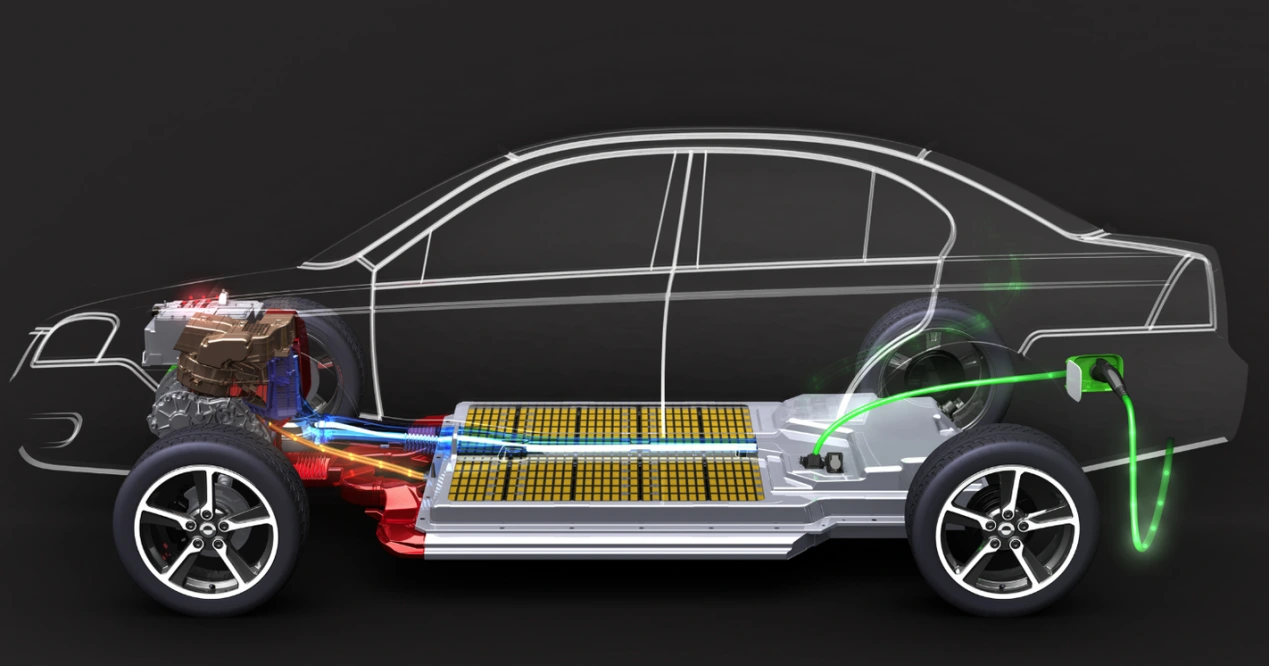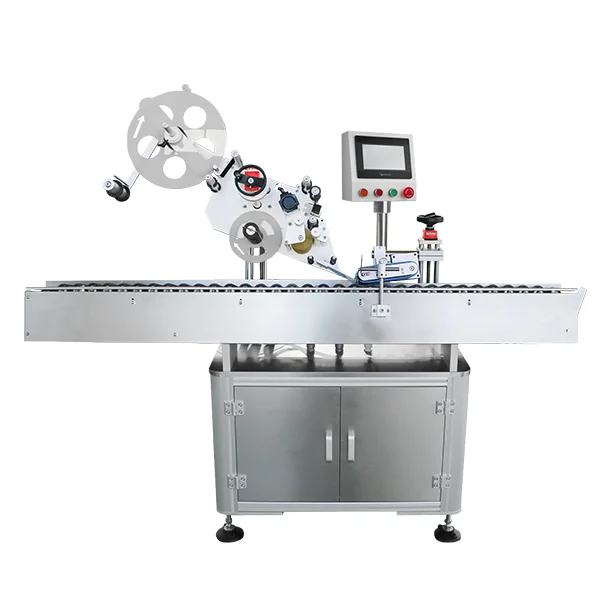Electrical switches are integral components in our daily lives, serving as the primary interface for controlling electrical devices and systems. While they may seem simple in design and function, a variety of issues can arise that compromise their performance and reliability. Understanding these common problems is crucial for both consumers and professionals in the electrical industry. In this article, we will delve into the most prevalent issues associated with electrical switches, their causes, and potential solutions.
- Mechanical Wear and Tear
One of the most common problems in electrical switches is mechanical wear and tear. Over time, the internal components of a switch, such as the contacts and actuators, can degrade due to repeated use. This wear can lead to several issues:
- Inconsistent Performance: As contacts wear down, they may not make a solid connection, resulting in flickering lights or devices that fail to turn on.
- Increased Resistance: Worn contacts can create higher resistance, leading to overheating and potential failure of the switch.
Solution: Regular maintenance and timely replacement of switches can mitigate these issues. For high-use switches, consider using heavy-duty models designed to withstand more frequent operation.
- Electrical Overload
Electrical overload occurs when a switch is subjected to a current that exceeds its rated capacity. This can happen due to:
- Faulty Wiring: Incorrectly installed or damaged wiring can lead to excessive current flow.
- Incompatible Devices: Plugging in devices that draw more power than the switch can handle can cause overheating.
Solution: Always ensure that switches are rated for the specific load they will control. Installing circuit breakers or fuses can also provide an additional layer of protection against overloads.
- Corrosion and Environmental Factors
Corrosion is another significant issue that can affect the performance of electrical switches, particularly in environments with high humidity or exposure to chemicals. Corrosion can lead to:
- Poor Connectivity: Corroded contacts may not make proper connections, leading to intermittent operation.
- Increased Risk of Short Circuits: Corrosion can create conductive paths that may result in short circuits.
Solution: Use switches designed for specific environments, such as weatherproof or corrosion-resistant models. Regular inspections can help identify early signs of corrosion, allowing for preventive measures.
- Loose Connections
Loose connections within a switch can lead to a variety of problems, including:
- Intermittent Functionality: A loose connection can cause the switch to work sporadically, leading to frustration and potential safety hazards.
- Increased Heat Generation: Loose connections can create resistance, leading to overheating and potential fire hazards.
Solution: Ensure that all connections are secure during installation and periodically check for looseness, especially in high-use switches.
- Electrical Noise and Interference
Electrical noise can significantly affect the performance of switches, particularly in sensitive electronic applications. Sources of electrical noise include:
- Nearby Equipment: Other electrical devices can introduce noise that interferes with switch operation.
- Poor Grounding: Inadequate grounding can exacerbate noise issues.
Solution: Implementing proper grounding techniques and using shielded cables can help reduce electrical noise. Additionally, selecting switches with built-in noise filtering capabilities can enhance performance in noisy environments.
- Aging and Obsolescence
As technology advances, older switch designs may become obsolete, leading to compatibility issues with modern devices. This can manifest in several ways:
- Incompatibility with Smart Devices: Traditional switches may not integrate well with smart home systems.
- Lack of Replacement Parts: Older switches may no longer have readily available replacement parts, making repairs difficult.
Solution: Consider upgrading to modern switches that offer compatibility with smart technologies and are designed for longevity. Investing in quality products can reduce the frequency of replacements.
Conclusion
Electrical switches, while often overlooked, play a crucial role in the functionality and safety of our electrical systems. By understanding the most common problems associated with these devices, users can take proactive steps to ensure their reliability and longevity. Regular maintenance, proper installation, and timely upgrades are essential strategies for mitigating the risks associated with electrical switches. Whether you are a homeowner or a professional in the electrical field, being aware of these challenges will empower you to make informed decisions and enhance the performance of your electrical systems.



